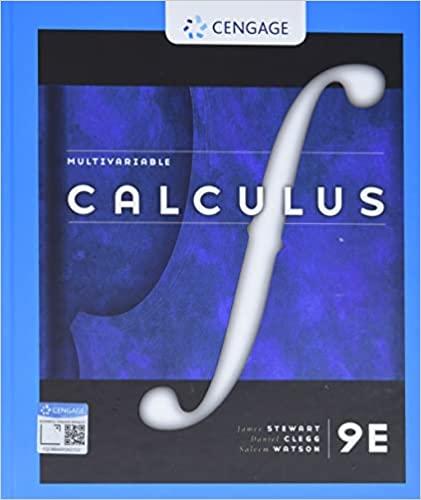Go back


Computational Synthetic Geometry 1355(1st Edition)
Authors:
Jurgen Bokowski ,Bernd Sturmfels

Cover Type:Hardcover
Condition:Used
In Stock
Include with your book
Free shipping: April 06, 2024Popular items with books
Access to 3 Million+ solutions
Free ✝
Ask 10 Questions from expert
200,000+ Expert answers
✝ 7 days-trial
Total Price:
$0
List Price: $19.95
Savings: $19.95(100%)
Book details
ISBN: 3540504788, 978-3540504788
Book publisher: Springer
Get your hands on the best-selling book Computational Synthetic Geometry 1355 1st Edition for free. Feed your curiosity and let your imagination soar with the best stories coming out to you without hefty price tags. Browse SolutionInn to discover a treasure trove of fiction and non-fiction books where every page leads the reader to an undiscovered world. Start your literary adventure right away and also enjoy free shipping of these complimentary books to your door.
Computational Synthetic Geometry 1355 1st Edition Summary: Computational synthetic geometry deals with methods for realizing abstract geometric objects in concrete vector spaces. This research monograph considers a large class of problems from convexity and discrete geometry including constructing convex polytopes from simplicial complexes, vector geometries from incidence structures and hyperplane arrangements from oriented matroids. It turns out that algorithms for these constructions exist if and only if arbitrary polynomial equations are decidable with respect to the underlying field. Besides such complexity theorems a variety of symbolic algorithms are discussed, and the methods are applied to obtain new mathematical results on convex polytopes, projective configurations and the combinatorics of Grassmann varieties. Finally algebraic varieties characterizing matroids and oriented matroids are introduced providing a new basis for applying computer algebra methods in this field. The necessary background knowledge is reviewed briefly. The text is accessible to students with graduate level background in mathematics, and will serve professional geometers and computer scientists as an introduction and motivation for further research.
Customers also bought these books
Frequently Bought Together
Top Reviews for Books
Khaled Alhashash
( 4 )
"Delivery was considerably fast, and the book I received was in a good condition."










